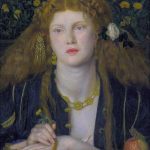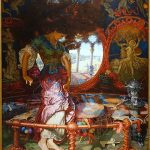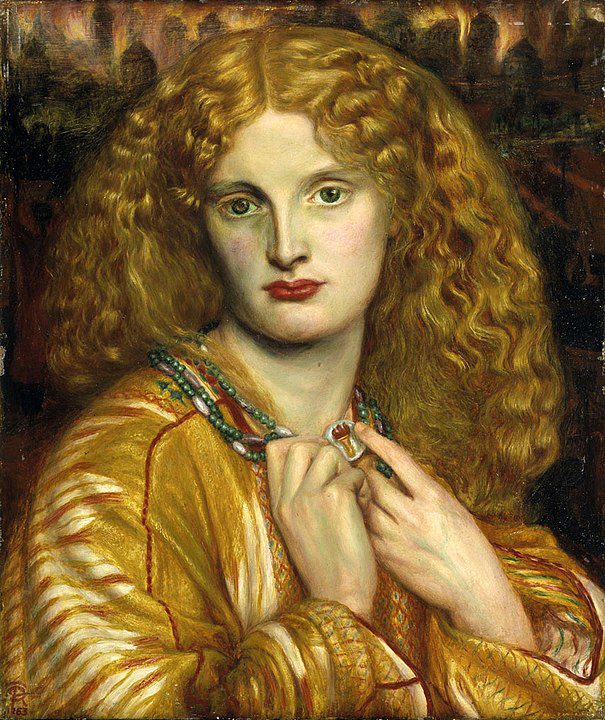
Dante Gabriel Rossetti, born on May 12, 1828, in London, England, was a pivotal figure in the 19th-century art world, renowned for his contributions to the Pre-Raphaelite Brotherhood and for his profound impact on Victorian art and poetry. The son of Italian expatriate Gabriele Rossetti, a poet and political exile, and Frances Polidori Rossetti, Dante Gabriel was immersed in a milieu of literary and artistic fervor from a young age. This environment, combined with his innate talent and passion, nurtured his development into a multifaceted artist and poet.
In 1848, Rossetti, alongside William Holman Hunt and John Everett Millais, founded the Pre-Raphaelite Brotherhood (PRB), a group of young artists who sought to reform English art by rejecting what they perceived as the mechanistic approach of the Mannerist artists who followed Raphael and Michelangelo. They aimed to return to the detail, intense colors, and complex compositions of Italian and Flemish art before the High Renaissance. The PRB championed a combination of realism, moral seriousness, and close observation of nature, which they believed imbued their subjects with spiritual and symbolic significance.
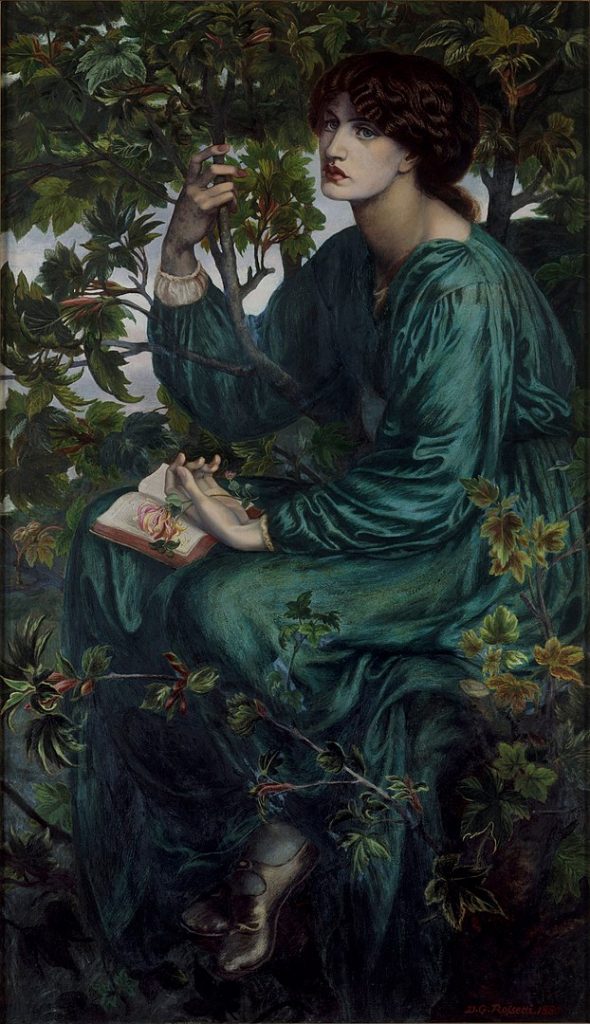
Rossetti’s work is characterized by its sensuality, medieval revivalism, and its allusion to literature and mythology. Unlike his contemporaries, who often focused on landscapes and historical themes, Rossetti was more drawn to themes of love, beauty, and mysticism, which he explored through painting, poetry, and illustration. His art was notable for its vivid color, symbolic complexity, and the depiction of women as powerful and mysterious beings. Rossetti’s muses, including Elizabeth Siddal, Jane Morris, and Fanny Cornforth, played a significant role in his work, serving as the subjects of some of his most celebrated paintings, such as “Proserpine” and “Beata Beatrix”.
Symbolic & Visionary
Rossetti’s involvement with the PRB waned over time, but his influence on the movement remained significant. His later works became increasingly symbolic and visionary, often imbued with a melancholic and introspective quality. This shift reflected his personal struggles, including the death of his wife, Elizabeth Siddal, in 1862, which had a profound effect on him, leading to a period of reclusion and introspection.
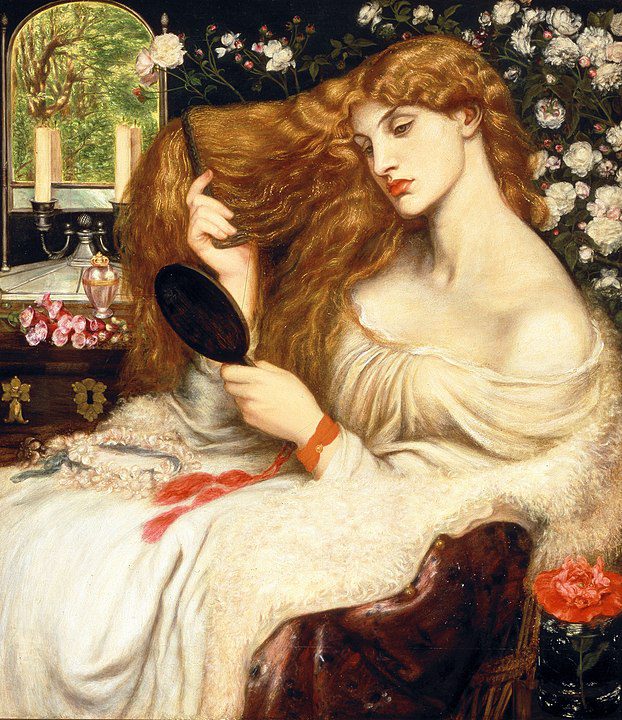
As a poet, Rossetti was equally accomplished. His collections, such as “Poems” (1870) and “Ballads and Sonnets” (1881), were well-received, highlighting his lyrical skills and emotional depth. His poetry, like his paintings, is marked by its sensuality, medievalism, and exploration of the complexities of love and desire. Rossetti’s literary work contributed significantly to the Aesthetic Movement, which advocated for art’s sake, emphasizing the importance of beauty and aesthetic experience over moral or didactic messages.
Paving the Way
Despite facing criticism for his unconventional techniques and themes, Rossetti’s work was influential in the development of Symbolism and the Aesthetic Movement. His rejection of traditional artistic norms and his exploration of personal and symbolic themes paved the way for future generations of artists and writers. Rossetti’s legacy is that of an artist who bridged the worlds of visual art and poetry, creating works that continue to fascinate and inspire for their beauty, complexity, and emotional depth.
Rossetti’s later years were marked by declining health and increasing paranoia, exacerbated by his addiction to chloral hydrate, which he had initially taken as a sedative. He died on April 9, 1882, at Birchington-on-Sea, Kent, England. Despite the controversies that surrounded him during his lifetime and the varied critical reception of his work, Rossetti’s contribution to the Pre-Raphaelite movement and the wider art and literary landscapes of the 19th century remains indelible.
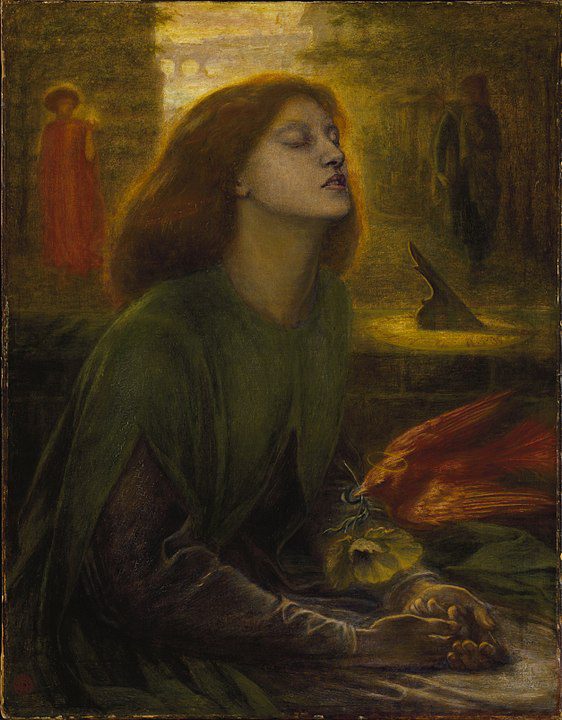
Today, Dante Gabriel Rossetti is celebrated as a visionary artist and poet whose work challenged the artistic conventions of his time and laid the groundwork for the modern exploration of identity, emotion, and beauty. His paintings and poems, with their deep, rich colors, intricate symbolism, and exploration of human desires and fears, continue to captivate audiences around the world, testament to his enduring influence on the arts.


